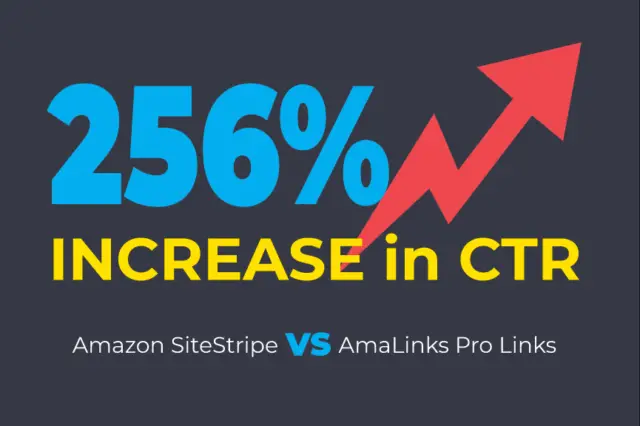Term:
call-to-action button
Definition:
In the world of digital marketing, a “call-to-action” (CTA) button is a crucial component of any website or digital campaign. A CTA button is a button or link that prompts the user to take a specific action, such as signing up for a newsletter, making a purchase, or requesting a consultation. CTAs are designed to guide users towards a desired outcome, and can significantly impact a website’s conversion rate.
The concept of the call-to-action button has been around for decades, but its importance has grown significantly in the age of digital marketing. In the past, CTAs were primarily used in print advertising, such as direct mail or billboards. The goal was to encourage consumers to take a specific action, such as calling a phone number or visiting a store. However, with the rise of the internet, the way in which we interact with advertising has fundamentally changed. Today, CTAs are an essential component of any digital marketing campaign.
One of the key benefits of CTAs is that they provide a clear and straightforward way for users to take action. Rather than leaving it up to the user to figure out what to do next, a CTA button provides a clear instruction and directs the user towards a specific goal. This can be especially effective for users who may be on the fence about making a purchase or signing up for a service.
Another benefit of CTAs is that they can help increase a website’s conversion rate. Conversion rate refers to the percentage of visitors to a website who take a specific action, such as making a purchase or filling out a form. By using a well-designed CTA button, businesses can encourage more visitors to take the desired action, ultimately leading to higher conversion rates and more revenue.
When designing a CTA button, there are several best practices to keep in mind. First, it’s important to make the CTA stand out visually. This can be achieved by using a contrasting color or bold font. The CTA should also be prominently placed on the page, ideally above the fold (the area of the page that is visible without scrolling). Additionally, the language of the CTA should be clear and concise, and should clearly communicate the desired action.
It’s also important to consider the context in which the CTA is being used. For example, a CTA button on a product page might say “Add to Cart,” while a CTA on a landing page for a service might say “Request a Consultation.” By tailoring the language and design of the CTA to the specific context, businesses can increase the likelihood that users will take the desired action.
Another important consideration when designing a CTA button is to make sure it is mobile-friendly. With more and more people using mobile devices to access the internet, it’s essential that CTAs are designed to work well on small screens. This might mean using a larger font size, or using a design that works well on both desktop and mobile devices.
It’s important to test and iterate on the design of the CTA button. A small change in the language or design of the button can have a significant impact on its effectiveness. By using tools like A/B testing, businesses can experiment with different designs and language to find the most effective CTA for their particular audience.
The call-to-action button is a fundamental component of any digital marketing campaign. By providing a clear and straightforward way for users to take action, CTAs can help increase a website’s conversion rate and ultimately lead to more revenue. By following best practices and continually iterating on the design and language of the CTA, businesses can maximize the effectiveness of this crucial component of their marketing strategy.
A call-to-action button is link that looks like a button, embedded within a web page with the goal of getting the visitor to click on the button. The text “Click Here” in a button makes a great call-to-action button. Also referred to as a CTA button. AmaLinks Pro® offers a custom CTA button builder to easily add these types of buttons for your Amazon affiliate links.
Related:

Miles Anthony Smith
Miles is a loving father of 3 adults, devoted husband of 24+ years, chief affiliate marketer at AmaLinks Pro®, author, entrepreneur, SEO consultant, keynote speaker, investor, & owner of businesses that generate affiliate + ad income (Loop King Laces, Why Stuff Sucks, & Kompelling Kars). He’s spent the past 3 decades growing revenues for other’s businesses as well as his own. Miles has an MBA from Oklahoma State and has been featured in Entrepreneur, the Brookings Institution, Wikipedia, GoDaddy, Search Engine Watch, Advertising Week, & Neil Patel.




